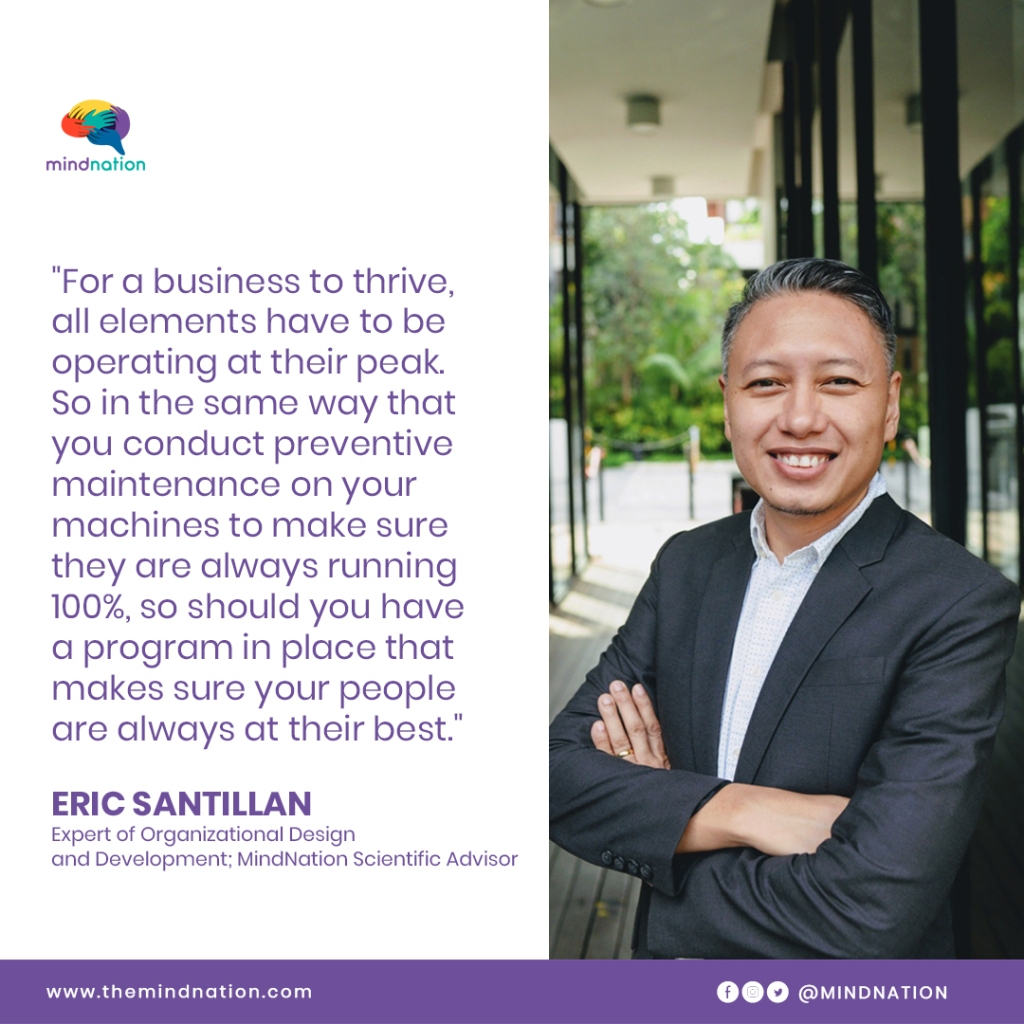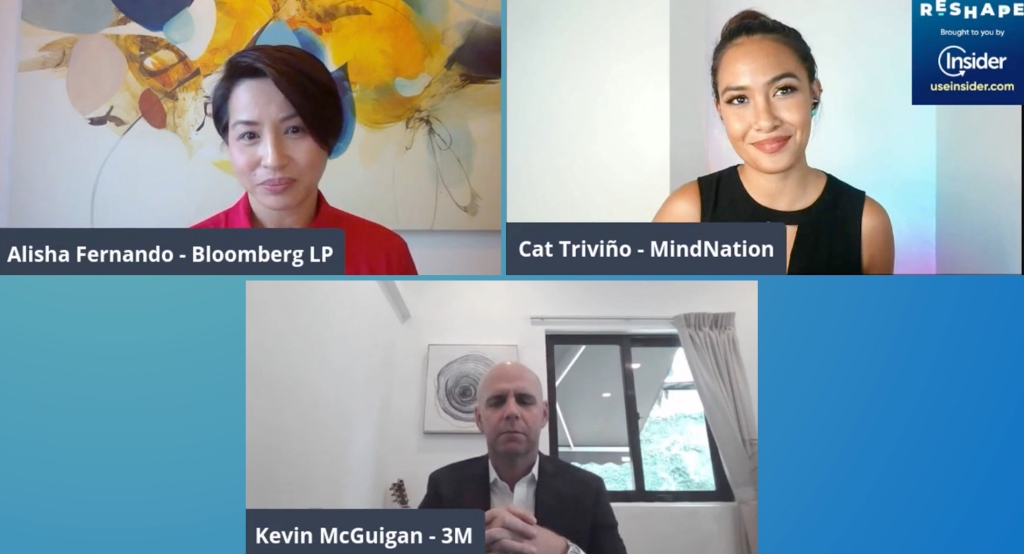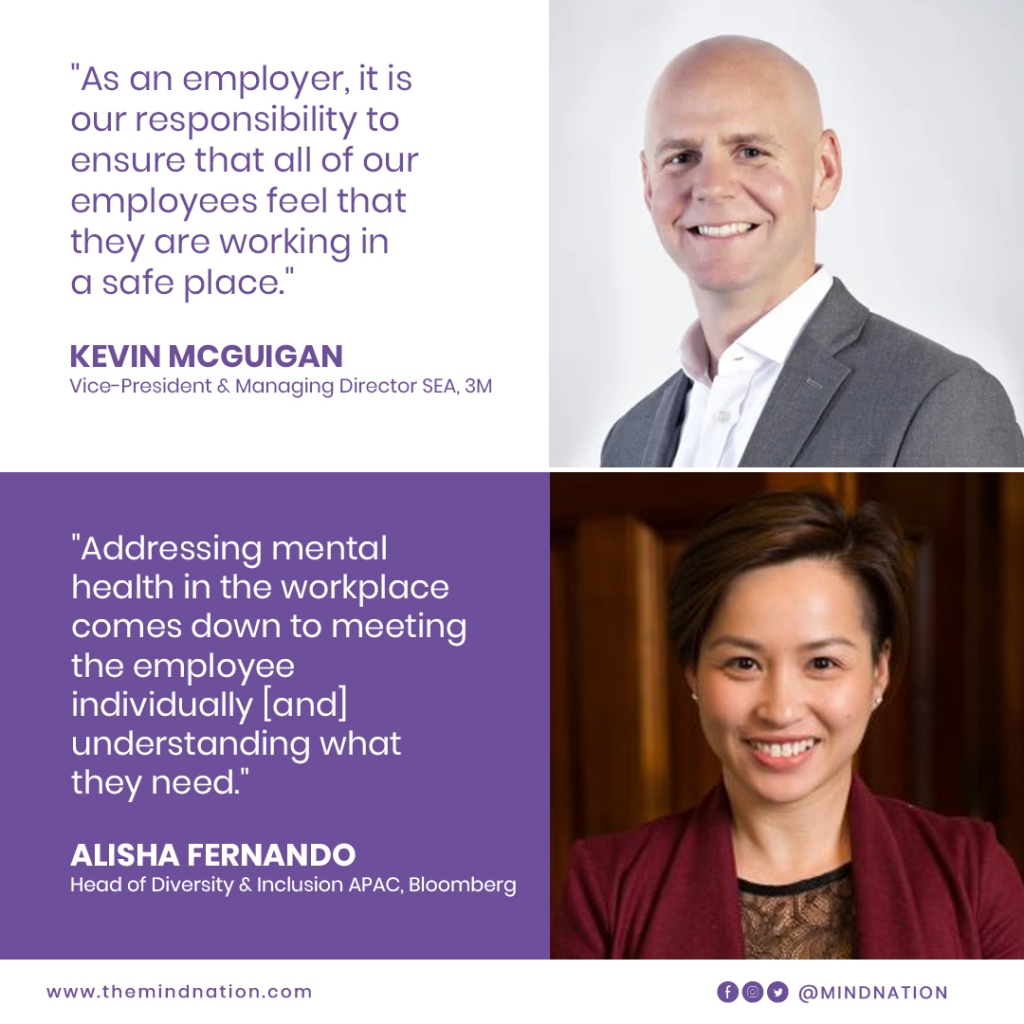In a previous post, we wrote about the different myths and stereotypes that each generation has about the other, and which contributes to employee disengagement and unhappiness. Once empathy and understanding are established among team members, focus must now shift to how senior leaders can address each generation’s well-being needs so that everyone becomes happier, healthier, and more productive.
According to a report by management consulting company McKinsey, companies that mix the different strengths and perspectives of younger and older workers benefit from better decision making, problem solving, and innovation. The report made special mention of the importance of age diversity and inclusion during the COVID-19 pandemic, stating specifically that “companies whose leaders welcome diverse talents and include multiple perspectives are likely to emerge from the crisis stronger.”
So what does each generation want from their leaders? Grace De Castro, founder and Chief Empowerment Officer of V+A Consulting, a boutique consulting firm with expertise in customized people programs and creative business solutions, shares her thoughts:
What Gen Xers want
- Minimal supervision from leaders. “Gen Xers prefer to work independently because it was also how they grew up,” Grace explains. “This is because they were raised with both parents working, they became accustomed to fending for themselves.”
- Peer-oriented collaboration. Precisely because their parents were busy and there were no Internet or smartphones to occupy their time, Gen Xers spent a lot of time interacting face-to-face with friends, so they grew up learning how to make genuine connections.
- Very clear opportunities to shine — “Because this is the generation that lacked attention from their parents, they are always looking to prove themselves,” Grace reminds. “So if they are not yet leaders, give them tasks that will allow them to show off their leadership skills; and if they are already leaders, invest in their continuous education like subsidizing online courses or assigning them an experienced mentor.”
- Benefits related to physical and mental health. “Gen Xers have poor physical health,” Grace points out. “Among the different generations, they have the highest levels of alcohol and smoking abuse, as well as high levels of depression and anxiety. But they don’t talk about it and are less inclined to speak up when asked because they come from a generation that taught them to just follow and obey.”
Grace believes that health benefits will also be warmly received because Gen Xers are already at that age when they know they are no longer young, that they are now closer to retirement compared to their Millennial and Gen Z team members.

If you need guidance on how to implement a holistic well-being program at work, partner with a mental health and well-being company that can offer data-based and customized solutions to address the specific needs of team members.
- Work-life balance. Similarly, because Gen Xers will not complain, it must be up to the company to create an environment that allows them to not feel guilty when they take breaks.
What Millennials and Gen Zers want
- Employers who prioritize their well-being. Because Millennials and Gen Zers are work martyrs, they feel guilty for taking breaks. So as a leader, constantly remind your team members to slow down or rest between tasks. In addition, avoid assigning tasks outside work hours. “Let them know it’s okay to say ‘no’ when work becomes unmanageable,” Grace says.
- Constant reminders to unplug. Similar to the above, encourage these tech-savvy employees to disconnect from social media once in a while. Research has shown that too much consumption of social media increases feelings of inadequacy, FOMO (fear of missing out) and isolation. “These add to a person’s stress and anxiety,” Grace explains.
- Giving feedback. Millennials, in particular, crave continuous feedback. They demand and expect a responsive managerial style and ongoing relationships with their supervisors. “Feedback is not shouting at them if they make a mistake,” Grace cautions. “Rather, it is taking the time to walk them through what they did well and what they could improve on.”
Just because someone was born in a certain time does not mean everything about that generation applies
Grace de Castro
For everyone
- Beware dubious generalizations about others. “Just because someone was born in a certain time does not mean everything about that generation applies,” Grace says.
- Spend time getting to know your team members. “Each person has their own story to tell,” she adds.
The COVID-19 pandemic has put so much pressure on workplace leaders to maintain profitability that sometimes, looking out for the welfare of employees takes a backseat. “But unless your company is fully automated, caring for the well-being of the people who work for you is the best investment you will ever make,” Grace says. “We need to be mindful that regardless of what generation they belong to, everyone is feeling overworked, feeling guilty for taking breaks, and struggling to separate work life from home life. So as a leader, it is important to make sure that everyone enjoys the work, feels valued, and feels like part of the team.Getting to know your people is what pays dividends and will pay back a hundredfold when you do it well.”
MindNation is a mental health and well-being company that focuses on holistic well-being to create customized programs for team members. Partner with us to build happier, healthier, and more productive teams. Visit www.mindnation.com to learn more!


















